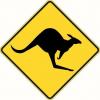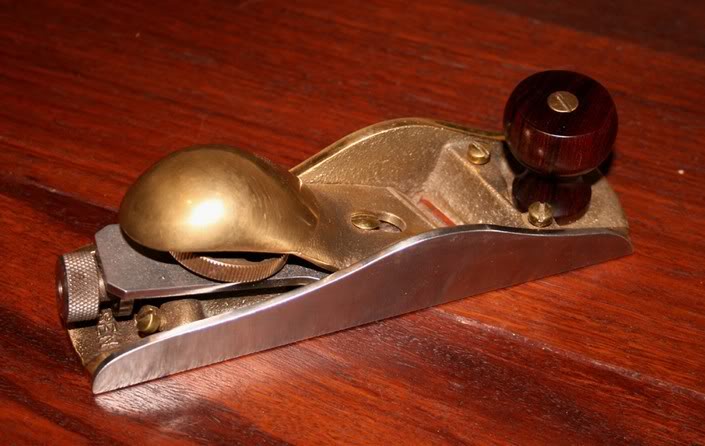I am a mostly a power tool woodworker but use hand tools for final fit, trimming and where a hand tool is faster than setting up a machine. For example nearly all of my M&T joints are done using a floating tenon joinery. With that in mind, I was thinking about getting the Veritas edge trimming block plane. Then I saw the skew block planes and thought that it can do everything the edge trimming plane can do and also perhaps function as a regular block plane. So, I am looking for feedback from folks who already have this plane to comment on it's utility.




 Reply With Quote
Reply With Quote







_html_66b9556f.jpg)

